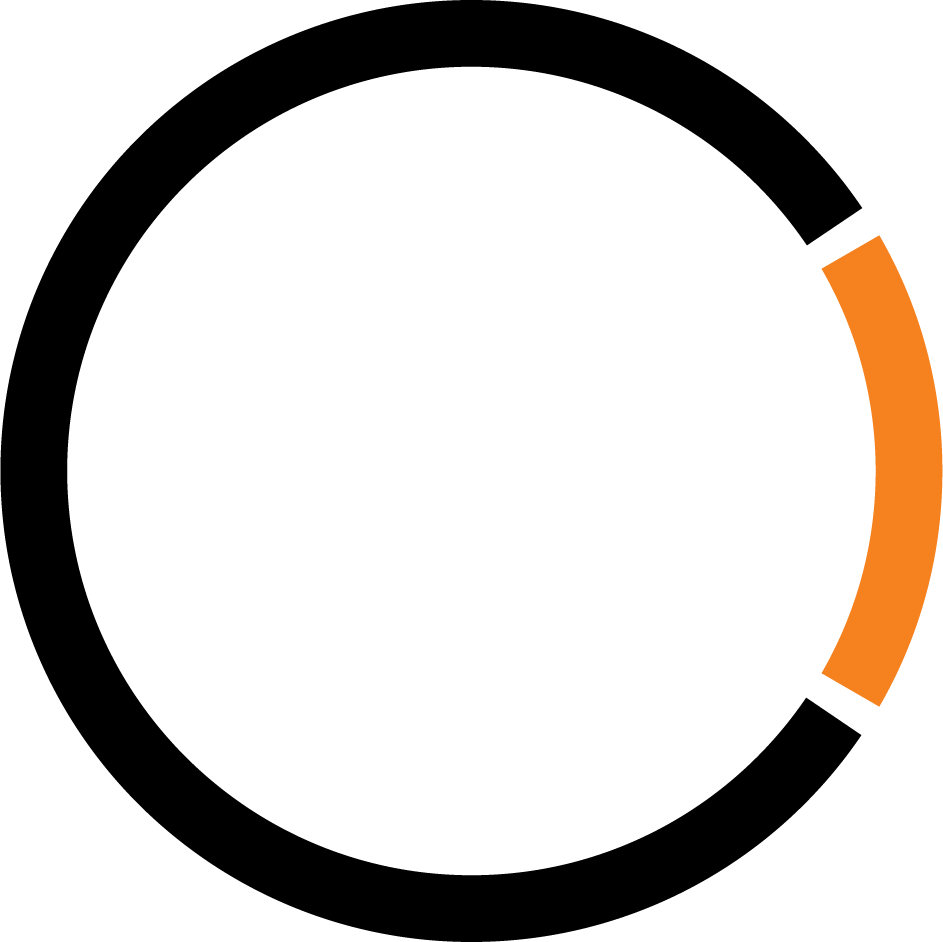Evidence level chart
This Medical Research Evidence Chart tool is designed to help medical researchers visualize the distribution of evidence levels across various scientific statements. By displaying the data in a stacked column chart, researchers can easily compare the strength of evidence supporting different statements. This tool can be particularly useful for summarizing evidence from systematic reviews, meta-analyses, or other research synthesis projects.
How to use
- Enter a scientific statement in the "Scientific Statement" input field.
- For each evidence level (from Level 1 to Level 4), enter the number of studies supporting the statement at that specific level.
- Click the "Add Statement" button to generate the chart.
- Repeat steps 1-3 to add more statements to the chart, which will be displayed side by side for easy comparison.
Please note that evidence levels typically follow a hierarchy, with Level 1 being the strongest (e.g., systematic reviews and meta-analyses) and Level 4 being the weakest (e.g., expert opinions, case studies).
Medical Research Evidence Chart
Potential uses
This tool can be employed in various research contexts, such as:
- Prioritizing research topics: By comparing the distribution of evidence levels for different scientific statements, researchers can identify areas where more high-quality studies are needed or where evidence is strong enough to inform practice and policy.
- Conducting systematic reviews or meta-analyses: Researchers can use the chart to visualize the strength of evidence they have compiled for a specific research question, helping them draw more accurate conclusions and make better recommendations.
- Presenting research findings: The chart can be a valuable visual aid for presenting the strength of evidence supporting different statements in presentations, reports, or publications, making it easier for the audience to understand and compare the evidence.
- Evaluating research grant applications: Funding agencies can use the tool to assess the existing evidence supporting proposed research projects, helping them allocate resources more effectively.
